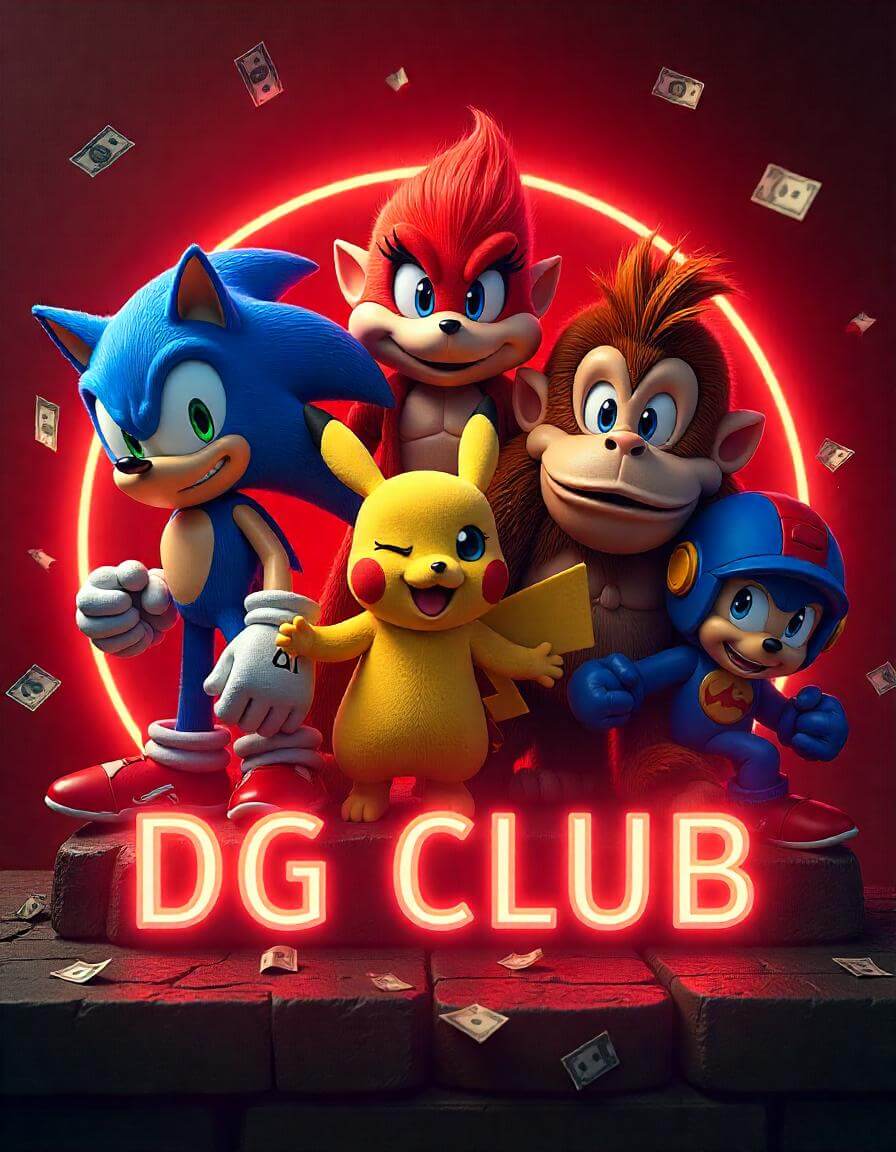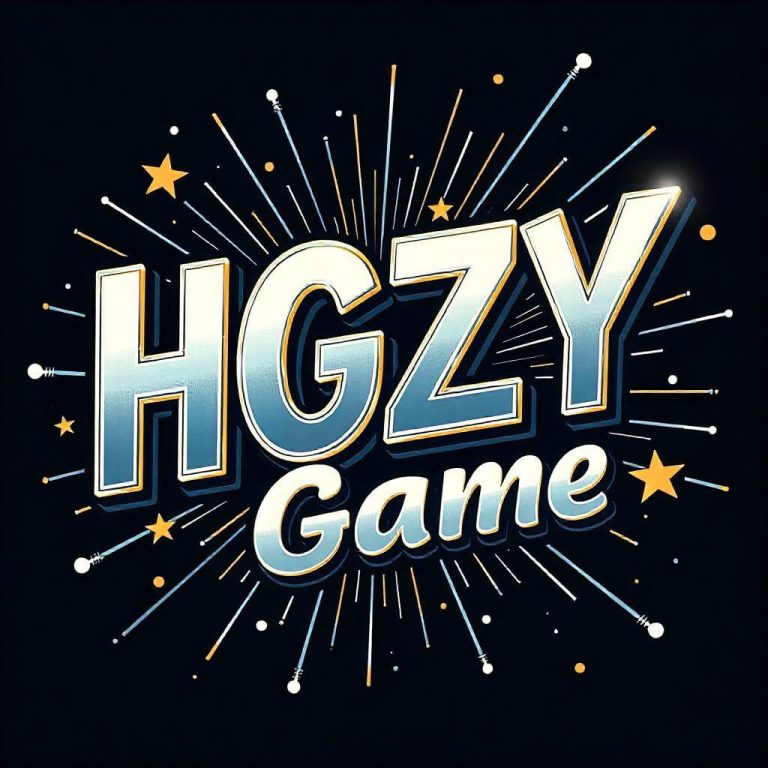
India’s online gaming industry is rapidly evolving, especially with the emergence of DGClub. DGClub has many more users now due to the convenience provided by mobile devices, which has led to an increase in microtransactions. These purchases, which give users a competitive edge through cosmetic items, are rapidly changing the business model of DGClub. How these changes are affecting the users and what will gaming in India look like in 2025 is something to consider for the future.
Evolution of Microtransactions
For the Indian online gaming landscape, microtransactions are not an unfamiliar feature, and they will only get more popular in the future. These transactions can take almost any form, including purchasing weapons and skins to boost your character, which changes the microtransaction’s utility. However, the growth in adoption can be directly correlated to the impact of free-to-play models gaining popularity worldwide, including India.
Just like DGClub, microtransactions allow developers to make revenue on top of the income already available. Even though the game is free to download and play, developers still relay on in-game purchases as a monetization strategy. Casual gamers are incentivizes to try out the game without fearing upfront costs, and if they enjoy the game, they are bound to spend money to enhance their overall experience.
The Growing Popularity of Online Gaming in India
Obtaining the ability to digitally entertain has made it possible for a significant portion of the youth in India to indulge into online gaming, significantly increasing its popularity. The rise in the use of smart cellphones, improved Internet accessibility, and increase in average consumer spending are just a few reasons that explain the rapid growth of online gaming. Particularly, mobile gaming is exceptionally popular and there is a growing demand for DGClub and other similar gaming platforms.
DGClub and its benefitting hands are not at loss as India is expected to flourish as a gaming market. In fact, with a surplus amount of players available in the market, it may be transforming into a large market. With the arising preferance gaming microtransactions can serve as improvised source of distinctiveness and economic stability in the current fierce competition.India is currently one of the biggest markets for video gaming, and the growth trend is expected to continue for the following years.
Microtransactions in Game Design
With smartphones, tablets, free pernium games, and microtransactions, the twenty-first century has changed game design forever. With new technology comes new opportunity, and in DGClub developers can provide the “freemium” service that lets one pay for optional additional services while encouraging them to spend money overtime. This business modle fosters high player retention incentivizing players to keep playing as they can unlock exclusive items, premium event rewards and other spending abilities throughout the game. This is made possible by limited-time events.
Microtranasactions may have financially benefited many games, but they also changed the design of gameplay. Certain content is crafted purely to facilitate purchase motivated players. Some make a “pay-to-progress” content. This is where players who buy themselves advancement from dull grinding or unlocking pre-defined exclusive rewards.
With regard to DGClub, microtransactions facilitate the customization of the player’s experience. Players can already purchase personalized accounts or their in-game avatars, and they can also buy skins, costumes, and other boosts that offer convenience and help them level up in the game. These enhancements result in greater retention and repeat spending behavior.
The Effect on Player Experience and Community
When debating the most contested features of microtransactions, player experience is one of the points taken into consideration. While some players appreciate the purchase enhancements offer, others think it affects the fairness of a game. The concept of “pay-to-win” can easily create rifts in gaming communities. Some players will inevitably feel left out when unable to compete with those able to make purchases.
For DGClub and other similar games, developers try to balance monetization with player satisfaction, which can also prove challenging. Players are willing to accept microtransactions if they are not mobile gaming reluctant due to altered core gameplay or monetization infused competitive imbalance. But, there is an apparent contradiction when users feel compelled to pay in order to stay competitive. In essence, this predicament leads to disappointment and decreased participation in the games.
From a different perspective, microtransactions enable gamers the opportunity to take part in restricted content. This content which can be in the form of events or premium rewards can be time bound and caters excitement along with a feeling of exclusivity which can help enhance belongingness and community bond among the gamers.
Microtransactions and DGClub: The Future
With an eye on the horizon of 2025 and beyond, there is much more that can be done in regard to online gaming in India. As more gamers start engaging with the market and brands such as DGClub gain traction, so will the evolution of microtransactions. Game developers will continue to hone their approaches, focusing on providing value to the gamers while tackling the challenge of a profitable business model.
In the future, it may be possible to offer even more targeted purchases tailored to players’ specific preferences and playstyle due to advanced analytics. More and more people may turn to subscription and purchasing battle passes offered in exchange for certain monetary commitments in hopes of gaining rewards. This will aid in generating positive user experience along with revenue which can be a win-win situation.
Moreover, as e-sports and streaming gain traction in India, there is potential for microtransactions to play a significant role in extending the monetization of content beyond the game itself. Players may purchase items or skins that can be showcased during streams or e-sports tournaments, thus enabling a novel way for both players and content creators to monetize their visibility.

Conclusion
Microtransactions are transforming the gaming landscape in India, with DG Club leading the charge. These platforms offer free gameplay with the option of monetizing through micortransactions, creating a different paradigm through which users can consume content while providing significant value to developers. Nevertheless, with rapid evolution in microtransactions, developers will have to address the issue of enhancing a player’s experience while maintaining equal appeal to all users.
As the digital gaming ecosystem expands in India, microtransactions will undoubtedly remain pivotal in; shaping the future of gaming. From limited edition content, specially curated offers to subscription services, users will experience a shift in interaction through platforms like DG Club in the coming years. If approached judiciously, microtransactions stand to galvanize an already vibrant gaming ecosystem and further propel inclusivity in India.



